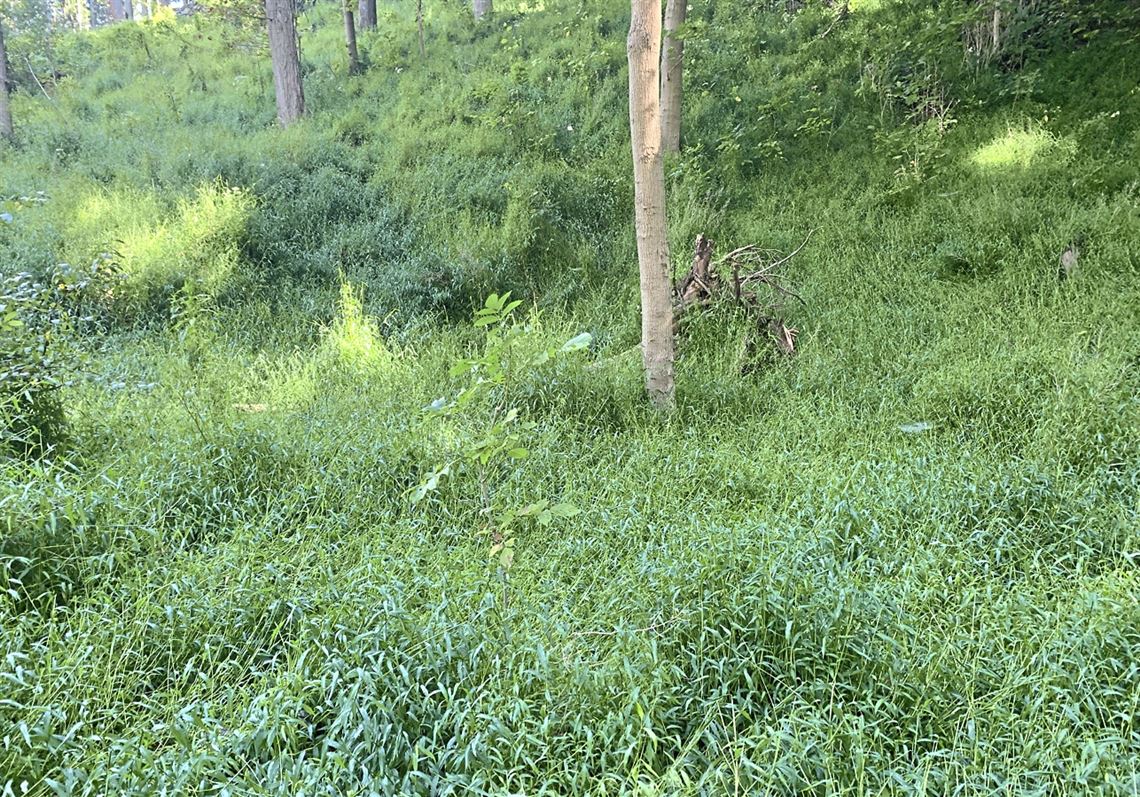How Did Japanese Stiltgrass Get Here

Just keep on pulling so pull i did.
How did japanese stiltgrass get here. A prolific seeder with a sprawling growth habit it is often found growing along trails and roads quickly spreading to the forest understory. Japanese stiltgrass is an annual grass native to temperate climates in southeastern asia. I did my homework and read up on japanese stiltgrass and i also asked the arlington regional master naturalists for suggestions. The maine department of agriculture conservation and forestry is urging landowners and nursery professionals to check for an aggressive invasive plant that s only recently been confirmed in maine.
It was first introduced to north america when it was used as packing material in the 1900 s. Japanese stiltgrass is a shallow rooted warm season annual grass that typically thrives in moist and shaded environments. Japanese stiltgrass is an annual grass that germinates in the spring and dies back each fall. The ligule a structure at the base of the inner side of the leaf of japanese stiltgrass is short and membranous.
Japanese stiltgrass may be driving you crazy but don t go for the torch just yet. Mike mcgrath shares tips and tricks to getting rid of those pesky weeds in your lawn without all the fire and fury. To the casual observer japanese stiltgrass appears as a harmless leafy green plant that blends into the majestic scenery of your weekend hike through the woods. Rooting at the node joints along the stem producing new stems.
The outlook was not particularly positive but could ve been interpreted as hopeful in a masochistic kind of way. Its leaves are lance shaped and asymmetrical with a reflective midrib. Japanese stiltgrass is a plant that came over to the united states in 1919 in tennessee as a kind of packing material for china and other uses says state horticulturalist gary fish. Japanese stiltgrass microstegium vimineum is an invasive grass that threatens native plants and natural habitats in the eastern united states native to japan china central asia and india.
Despite being non native in the united states it serves as a host plant for some native satyr butterflies such as the carolina satyr hermeuptychia sosybius and the endangered mitchell s. Vimineum was originally documented in tennessee in 1919 and is believed to have been accidentally introduced to the united states through its use as a packing material. Japanese stiltgrass has a wide range of habitat preferences including stream banks river bluffs forested wetlands home lawns and gardens allow it to spread. Japanese stiltgrass also stolons.

















